Roger Brooks teaches us the fine points of interior photography in this comprehensive and informative walk-through. An experienced architectural photographer on the Vancouver scene, he shows us his approach to the capturing of the inside of a home, with techniques valuable not only to real-estate and commercial photography, but applicable in photographing any static scene:
If you break down his process, it goes something like this:
- Set your camera up on a tripod with a moderate wide-angle lens. If it’s too wide, the walls and floors will start bending outwards, and you definitely don’t want that. Ideally, you would be using a tilt-shift lens, such as the featured Canon TS-E 24mm. Angle the view at a height overlooking the furniture, but not by too much.
- Tidy and align everything, as it appears to the camera. Style with thought to how it will look in the final image.
- Using a cable release, take many exposures. For each, focus on lighting a different area of the space – you will stitch them together later. If the room is too large to fit in the frame, try shooting two vertical pictures next to each other and stitching them together in post-processing.
- Decide on the best shot for each lit area, and layer them over each other in Photoshop. Bit by bit, erase the excess parts of every photo, until the whole image is comprised of the best bits of each. Save.
Of course, the detail that Roger Brooks goes into here is much more insightful than four simple steps. It’s not only his wonderful work that makes him successful, but his ability to teach it so simply and thoroughly. Of course, the unique and fabulous West-Coast style of the homes he shoots doesn’t hurt either – a great photograph starts with a great subject, and the design of the house itself makes this video worth a good watch. Still, his simple principles can be used not only by professional designers and photographers, but by real estate agents, property managers, and anyone else struggling to fit a whole space into a single frame.
Like This Article?
Don't Miss The Next One!
Join over 100,000 photographers of all experience levels who receive our free photography tips and articles to stay current:


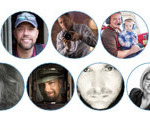
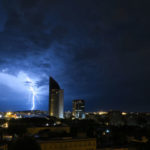
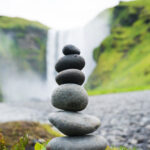
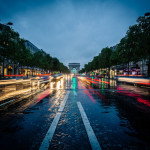
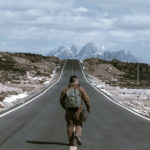
I remember watching this video and others by Roger Brooks many years ago when I was still creating my own style and technique.
Nowadays, 10 layers and masks revealed with brushes and not with luminosity masks seems unthinkable for productivity.
Nice work Roger! I use this technique a lot when time and client demands permit. For hero shots like ranches and private estates the owners generally want one image from the outside or two throughout the day so it is much more achievable. However, when shooting for hotels, it’s a different story as they want 14 different areas in a day including a variety of rooms so following Jamie’s way generally works at those times. I think it all depends on time and resources.
That was excellent… not often that you see such detailed work on the web… usually its very basic. Nice to see, and thanks Roger…. I use the same processes myself, although a country cottage in the UK west country requires different approach to the architectural spaces that you shoot on the US west coast!
To be honest while I have no doubt Roger knows his Interior and architectural photography many of these processes were long winded. Using layer masks with 10 separately lot photos will happily crash any modern MacBook Pro etc with the size of raw’s.
A) turn on all of the house lights kitchen cupboard lights and any lamps which will make flat light more complex. Already saved a lot of time.
B) using a speed light as a fill flash bounce it off the ceiling to bring up the shadows during the shot.
C) use an adjustment brush for any areas you wish to light up further.
D) Merge to panorama in Photoshop.